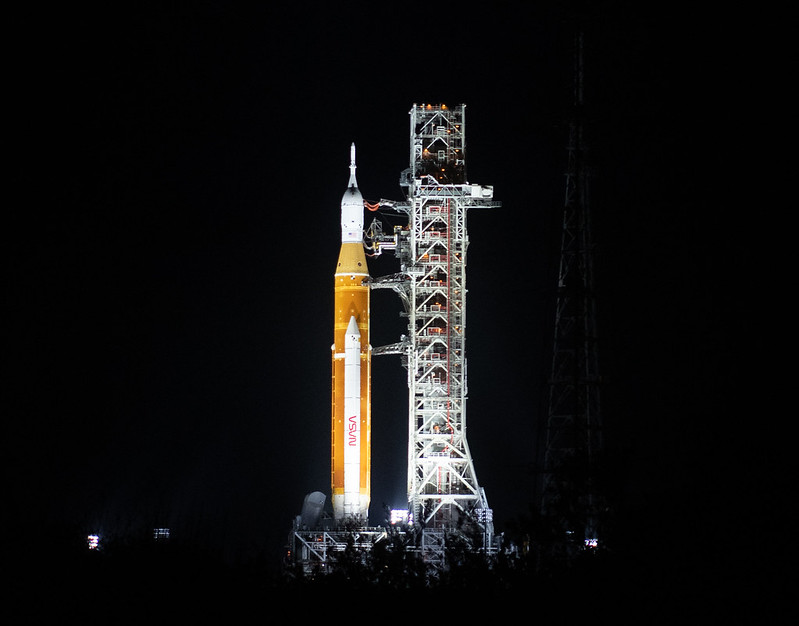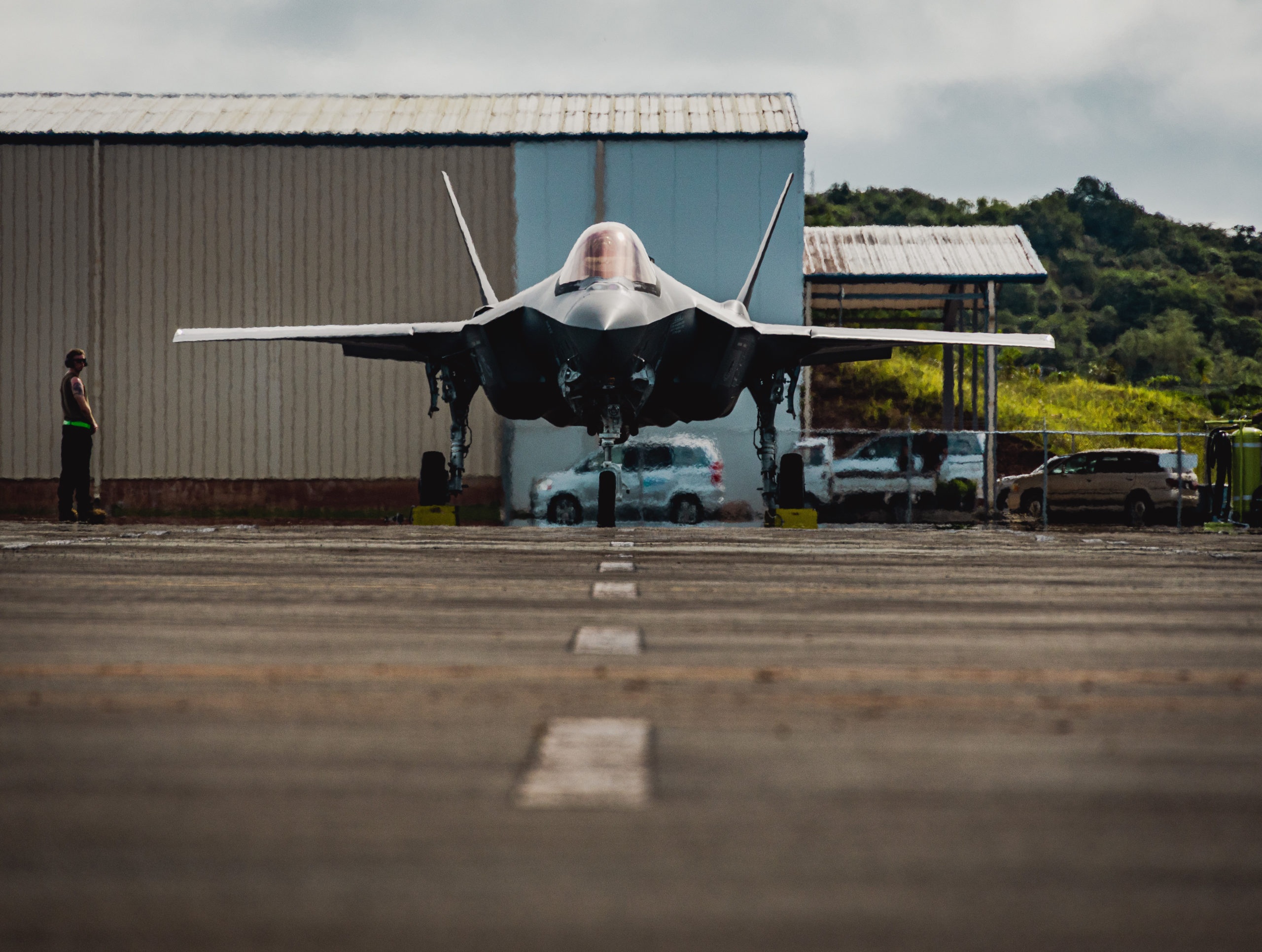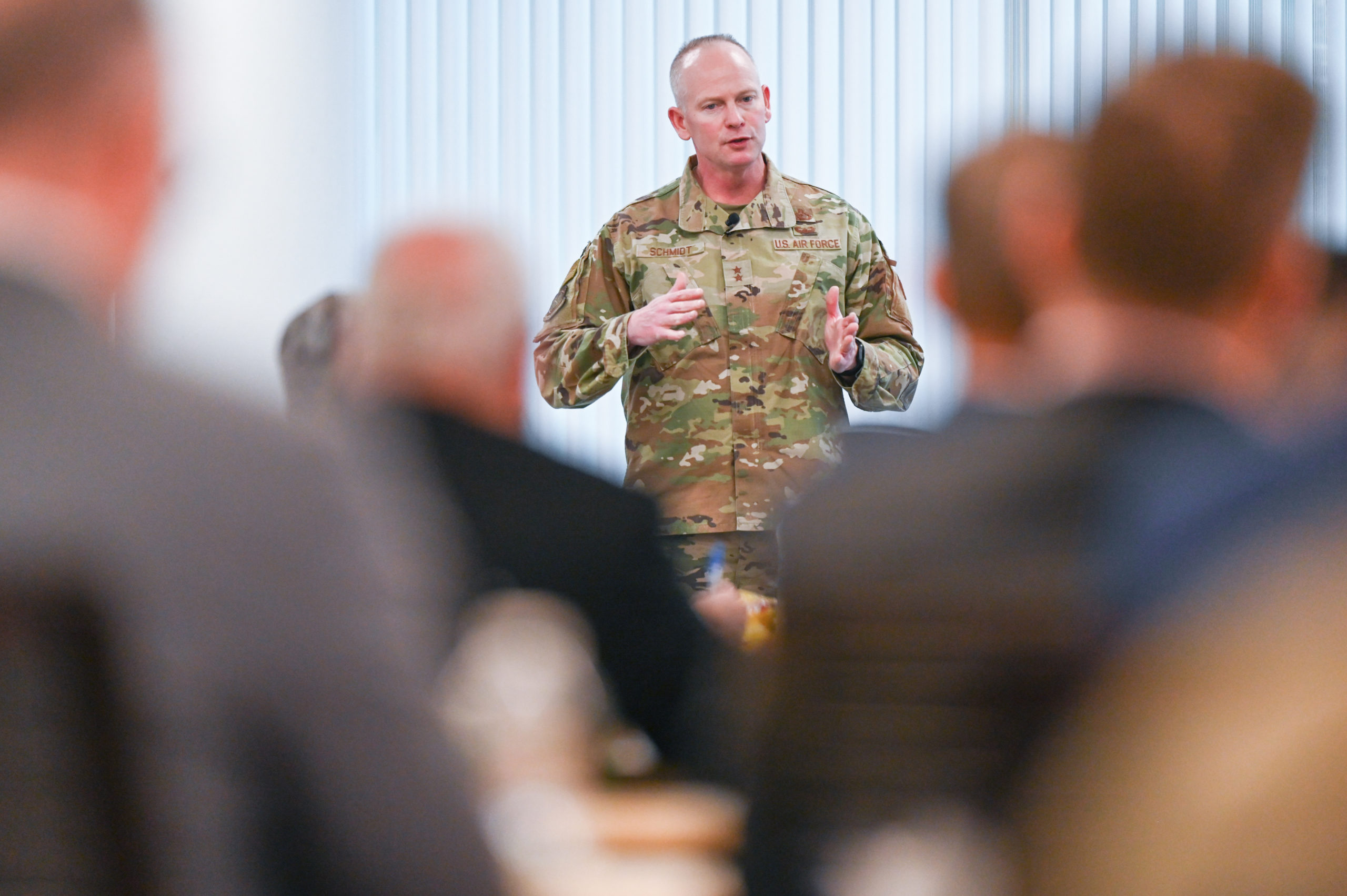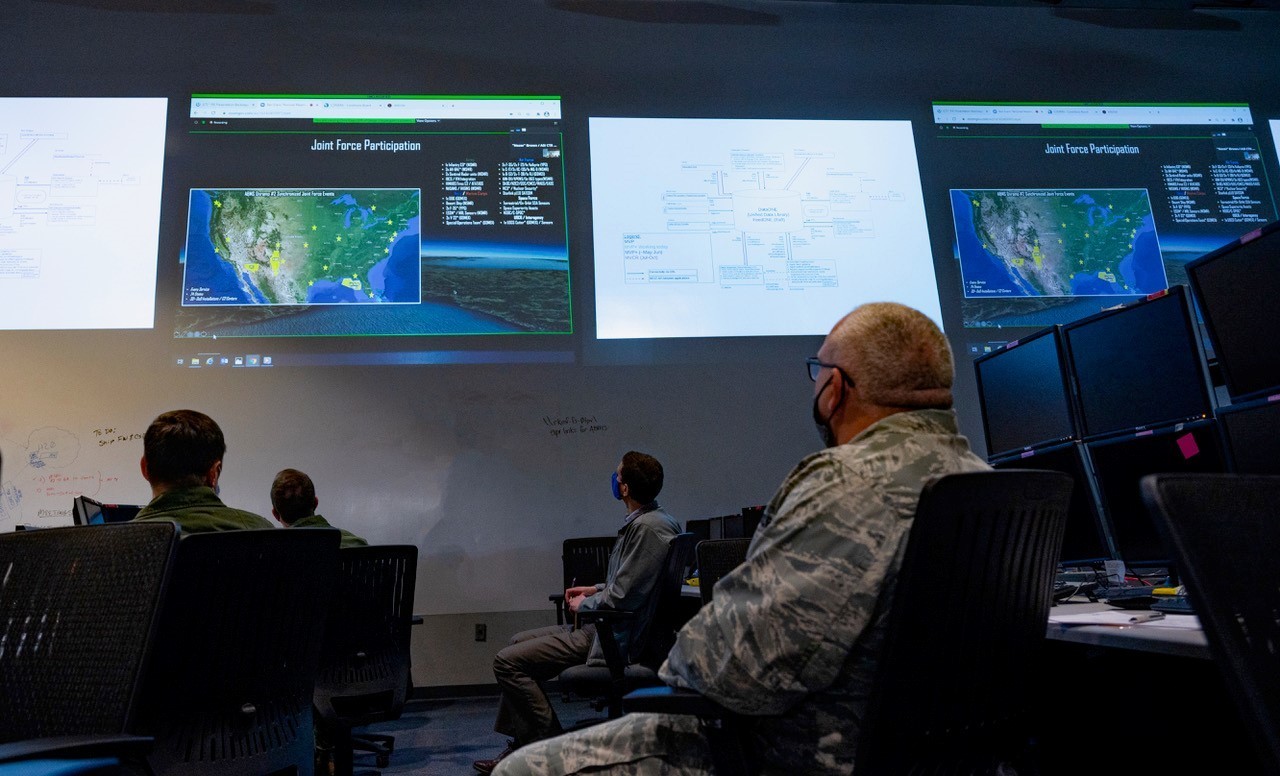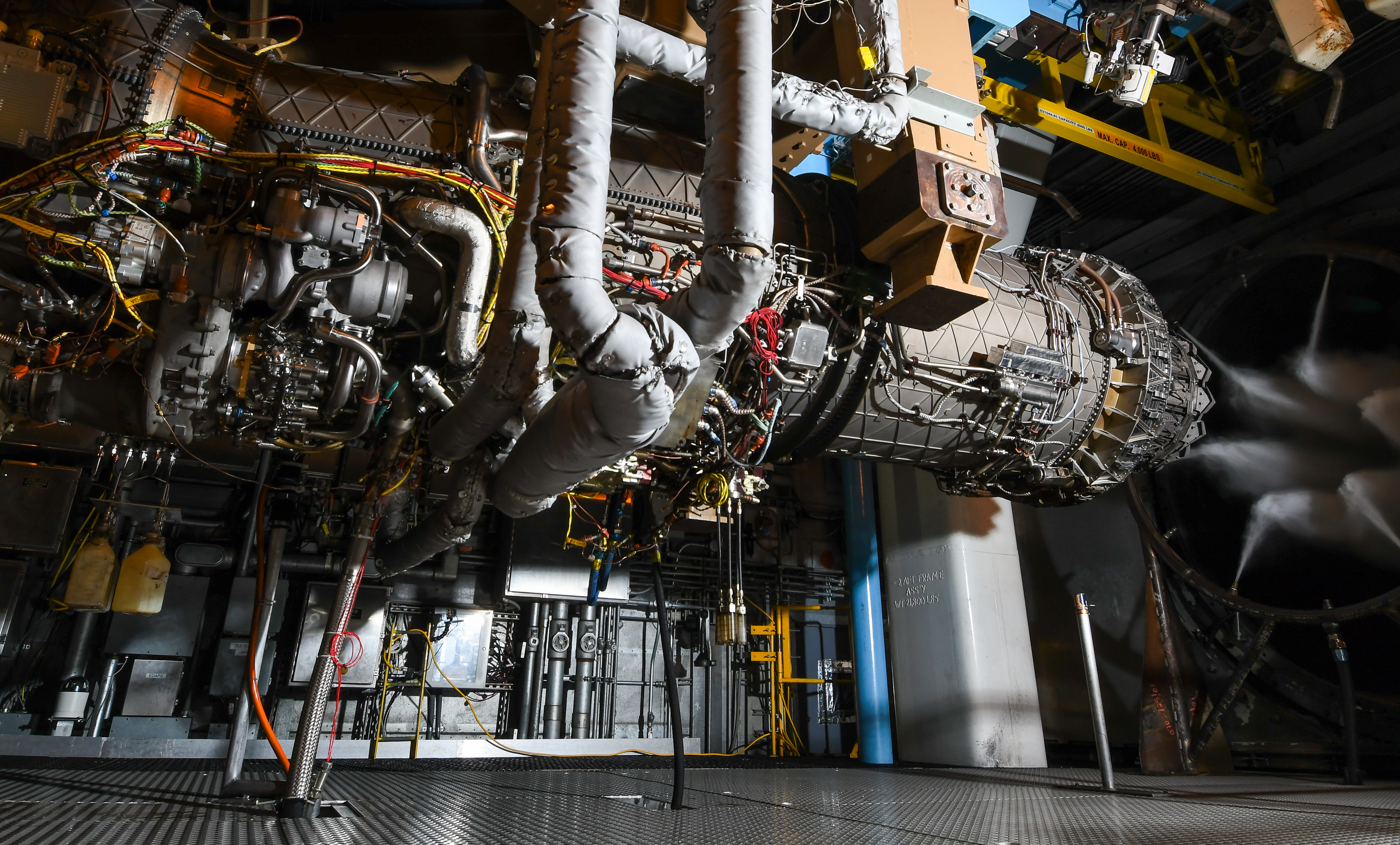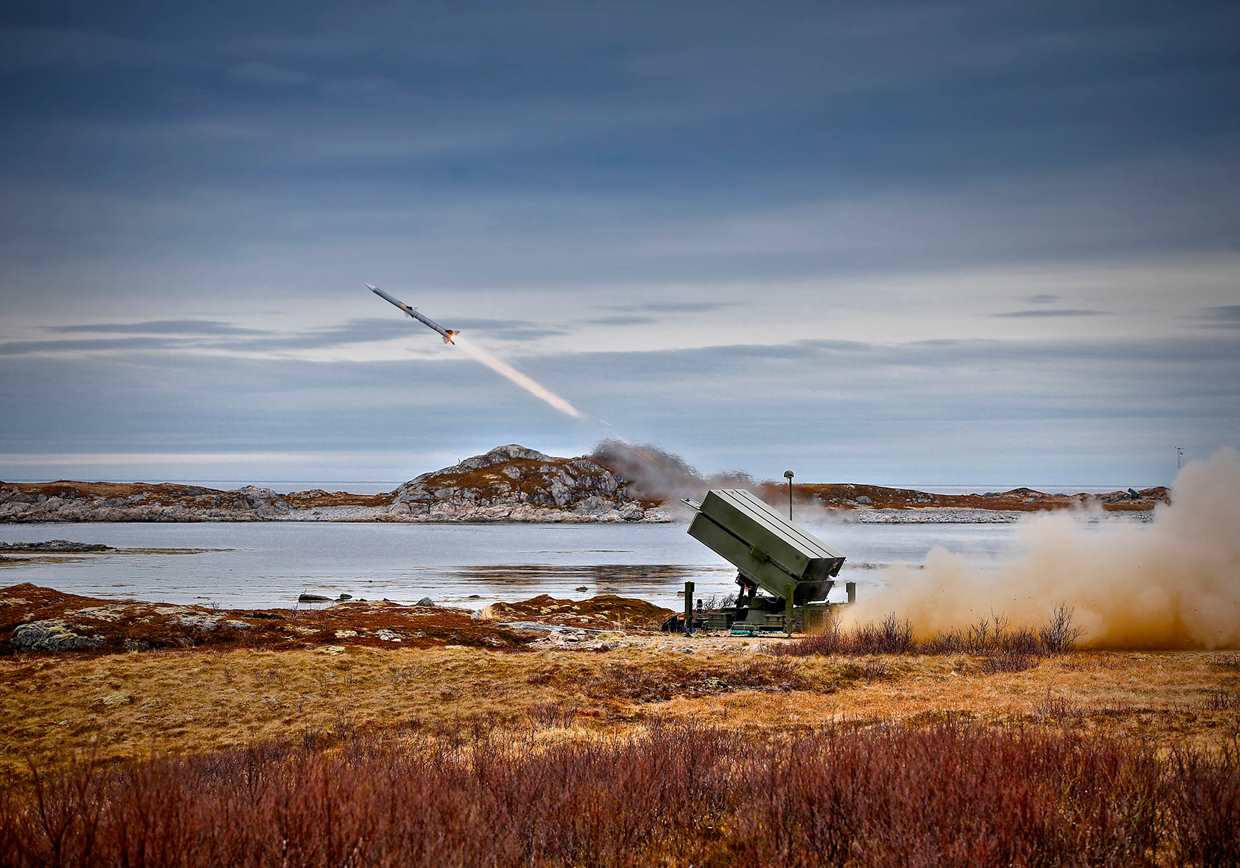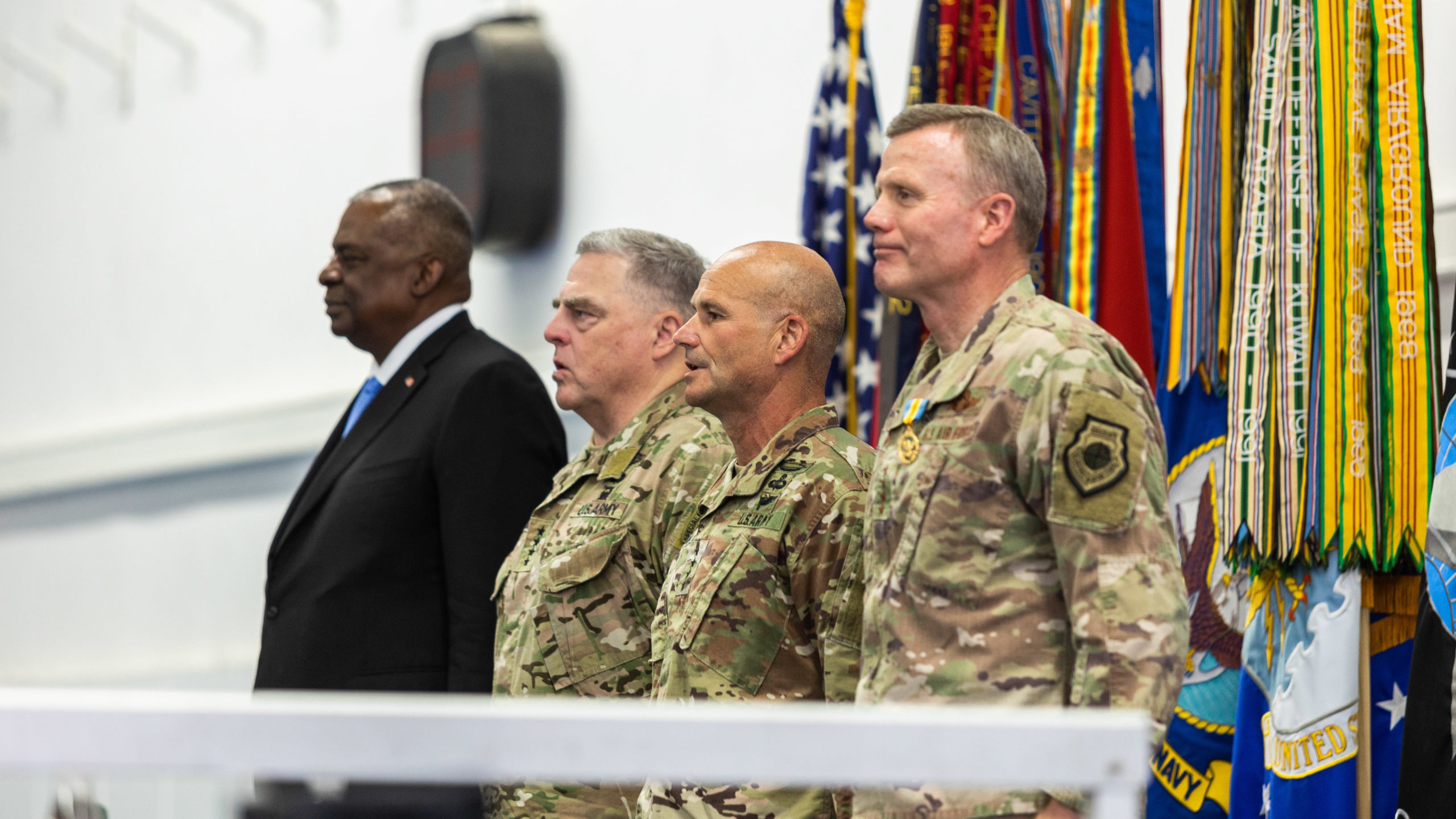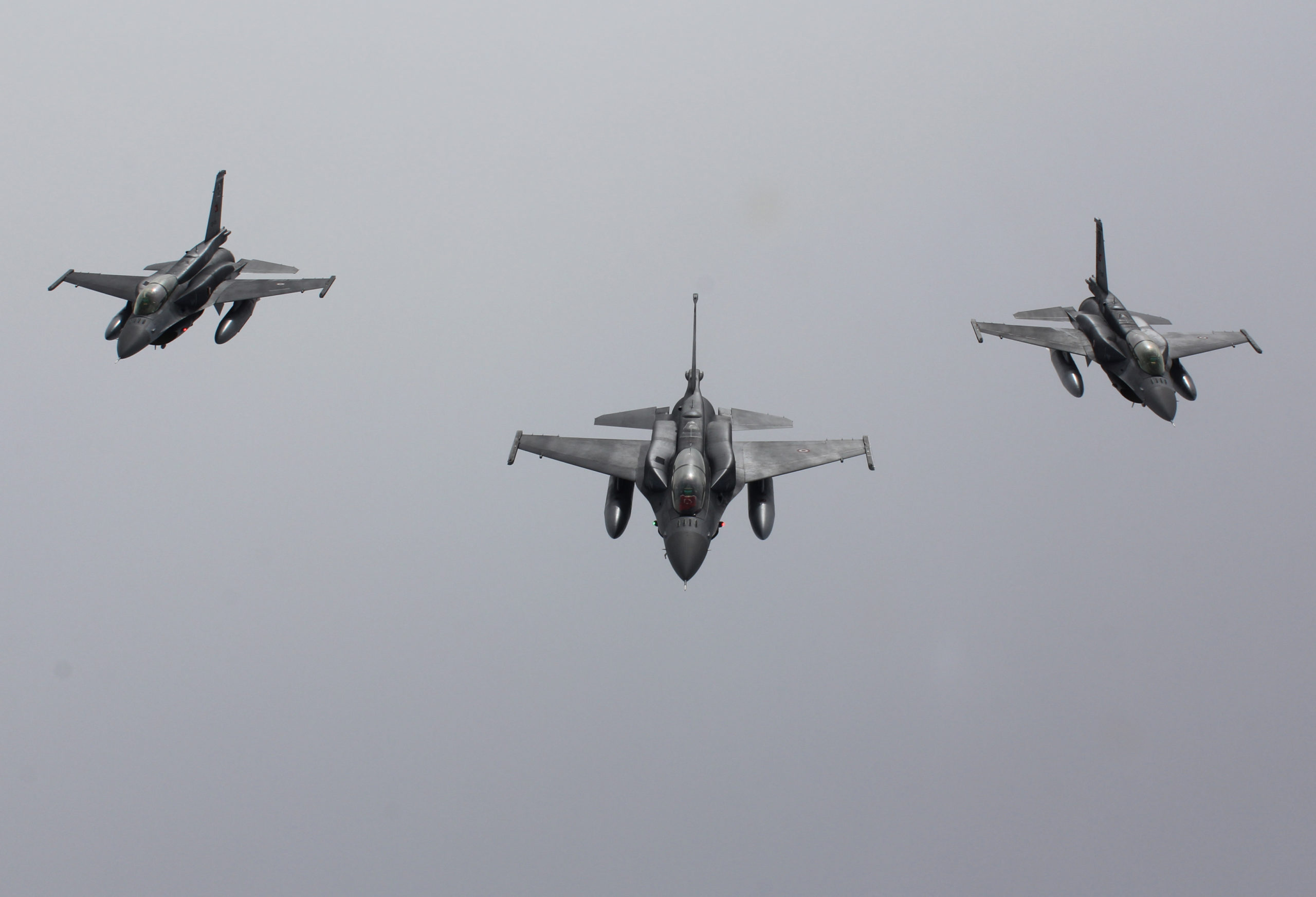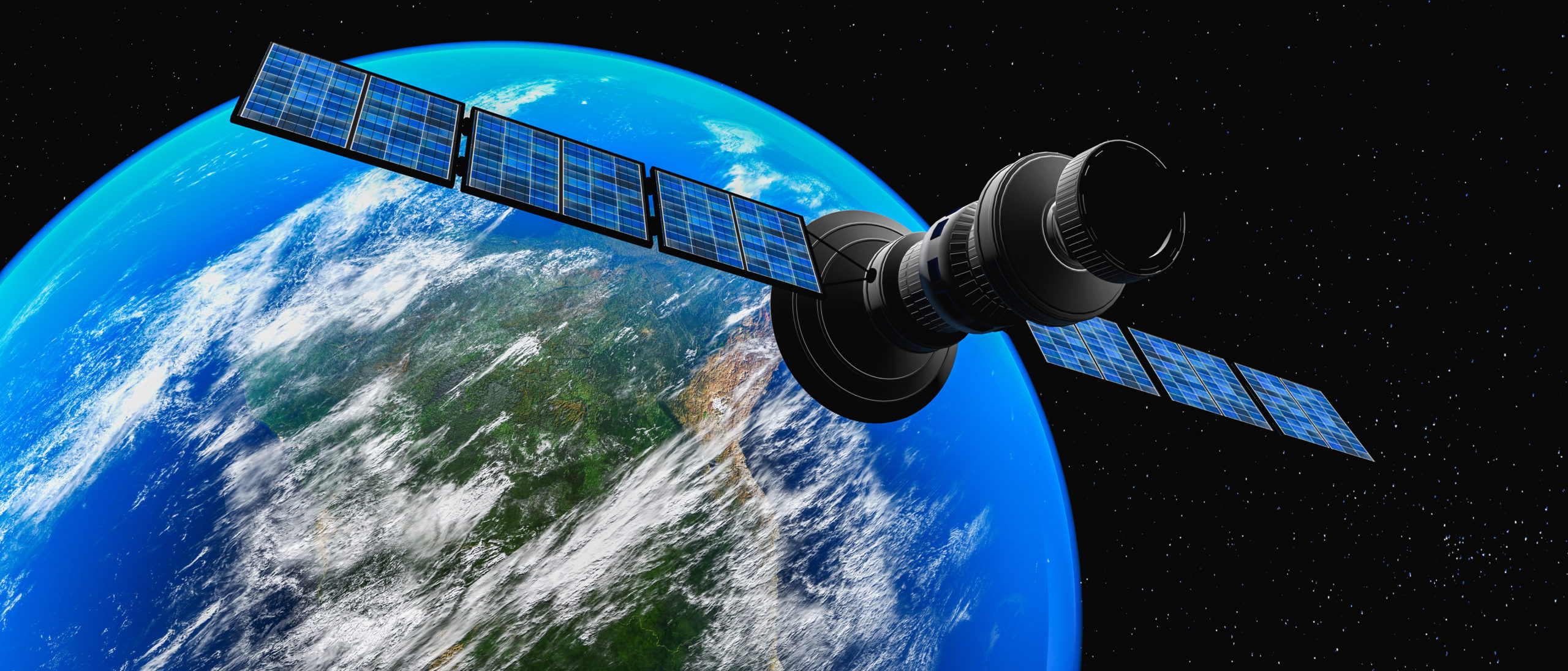NASA, SpaceX, and United Launch Alliance are all preparing to launch their next-gen rockets from Florida’s Space Coast, two of them before the year is out.
One is expected to liberate the U.S. launch enterprise from its reliance on Russian-made RD-180 engines, while all three rockets could eventually carry astronaut crews.
Vulcan Centaur’s Engine Delivery Is Imminent
United Launch Alliance expects the first flight of its Vulcan Centaur rocket to take place by the end of 2022, said Gary L. Wentz Jr., ULA’s vice president of government and commercial programs, on a call with reporters ahead of the Space Force’s USSF-12 mission. The Vulcan Centaur will replace ULA’s Atlas 5.
Departing from Space Launch Complex 41 at Cape Canaveral Space Force Station, the partially reusable rocket’s inaugural mission, carrying a robotic lunar lander, will also serve as the new rocket’s certification flight, Wentz said.
Delayed since 2020, ULA awaits delivery of BE-4 engines from Blue Origin.
“We’re expecting those here in the summer, and we’re on track to launch Vulcan and be able to support both the national security need as well as our commercial customers,” Wentz said.
He confirmed prior reports that ULA still has enough of the Atlas 5’s Russian-made RD-180 engines on hand to complete that rocket’s manifest. He said Atlas 5 flights will wind down at the same time the Vulcan Centaur’s are spooling up.
“We’ll be flying the Atlas 5 into 2024—the last flight is currently manifested in the latter part of 2024—and we’re working to integrate our operations across Vulcan and Atlas,” Wentz said.
The Space Force’s Col. Erin Gulden confirmed that “from the Space Force’s perspective, we don’t see any issues or concerns at this point with a gap in capability or ability to launch” in the transition from the Atlas 5 to the Vulcan Centaur.
The Space Force’s first launch on a Vulcan Centaur is planned for late 2023, the officials said.
Two crew vehicles may eventually launch on Vulcan Centaurs. Boeing’s Starliner capsule, designed to transport astronauts to and from the International Space Station, is so far lined up to launch on Atlas 5, but ULA is “definitely capable of launching Starliner on Vulcan” and looking forward to “continuing to support the team if that’s what they choose to go forward with.”
Meanwhile, the uncrewed Dream Chaser spaceplane is on the manifest to go to space for the first time on the second Vulcan Centaur en route to deliver supplies to the ISS. Its maker Sierra Space still hasn’t given up on Dream Chaser’s original crewed design.
SLS Moon Rocket Shows Signs of Progress
NASA fueled up its first Space Launch System rocket in June on the fourth try of the wet dress rehearsal required before the rocket’s first flight, which could take place from Launch Complex 39B at Kennedy Space Center as soon as August.
In development since 2011 and now years late and billions over budget, the SLS, made largely by Boeing, “will be the most powerful rocket we’ve ever built,” according to NASA.
The expendable SLS repurposes the space shuttle fleet’s RS-25 engine and, for early flights, incorporates actual refurbished RS-25s from the space shuttle program, a part of the design that was supposed to have made the rocket faster and cheaper to develop.
The SLS’s first mission, Artemis 1, launches a Lockheed Martin-made Orion Multi-Purpose Crew Vehicle on its first flight since 2014—the only other time Orion has flown. Artemis 1 calls for an uncrewed circuit of the moon and return flight to Earth by Orion, splashing down in the Pacific.
A crew will make the same trip on Artemis 2. On Artemis 3, NASA expects to land astronauts on the moon as soon as 2025.
Starship Infrastructure Appears on Falcon 9 Launch Pad
Even more powerful than NASA’s SLS for Artemis 1 will be SpaceX’s Starship and Super Heavy Booster. NASA has selected a variant of the Starship vehicle as its first lander to ferry astronauts between the Orion capsule in lunar orbit and the surface of the moon.
SpaceX has said it’s eyeing this month for the first orbital flight of its reusable Starship, launched on the reusable Super Heavy booster, from the company’s Starbase facility in Texas—though the approvals needed to launch from there still weren’t guaranteed.
SpaceX CEO Elon Musk said in February that the Florida launch site could serve as backup if things don’t work out in Texas, estimating a delay of six to eight months were that the case.
NASA’s independent Aerospace Safety Advisory Panel, however, cited “obvious safety concerns” with the new tower’s proximity to SpaceX’s existing Falcon 9 launch tower at Kennedy’s Launch Complex 39A—the towers are only 300 meters apart—and NASA has reportedly said that while it approved SpaceX’s construction of the new tower, it wouldn’t approve an actual launch without an additional safety review.
Concern surrounds the potential for an accident like the 2016 explosion of a Falcon 9. If a Starship exploded and damaged the Falcon 9 infrastructure—the only place where SpaceX launches its Crew Dragon capsules—that could prevent astronauts from getting to the ISS.
